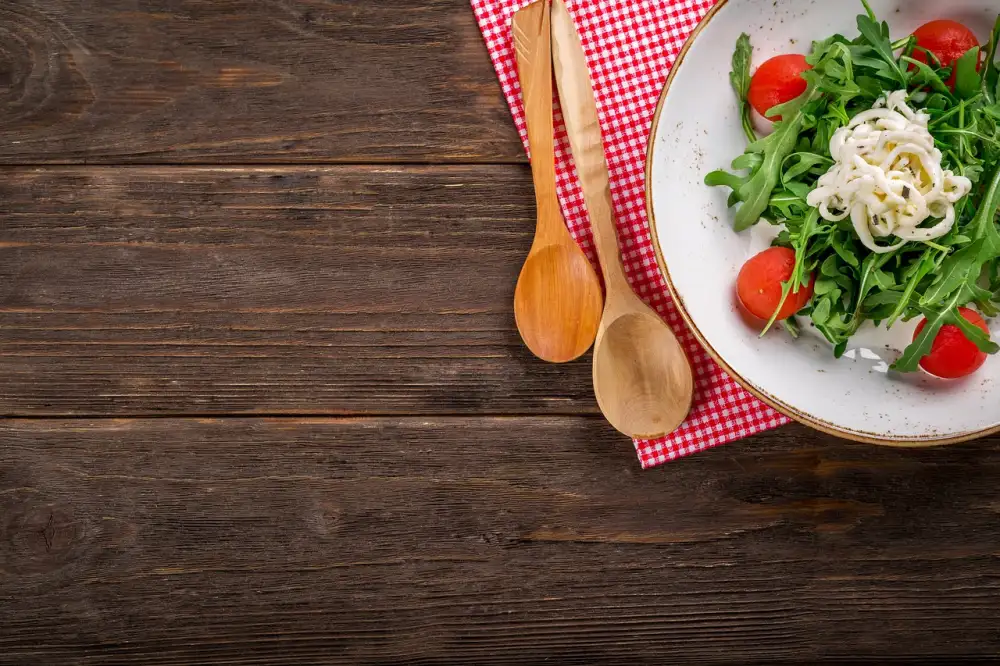Master the Art of Jambalaya: A Delectable Louisiana Dish to Savor at Home

Jambalaya is a beloved Louisiana dish that combines the flavors of French, Spanish, and African cuisines. This one-pot wonder is a true reflection of the melting pot that is Louisiana. With its rich and spicy flavors, jambalaya has become a staple in Southern cooking. Whether you're a fan of seafood, sausage, or chicken, there's a jambalaya recipe to suit your taste buds. Get ready to embark on a culinary journey as we explore the history, ingredients, and techniques behind this iconic dish.
History and Origins of Jambalaya
Jambalaya, a beloved dish from Louisiana, has a rich history and fascinating origins. Its roots can be traced back to the Spanish colonization of the region in the 18th century. The dish is believed to have been influenced by Spanish paella, as well as West African and French cooking techniques. Jambalaya was created as a way to use up leftovers and make a flavorful one-pot meal. Over time, it evolved into a signature dish of Louisiana cuisine, with each region adding its own unique twist. Today, jambalaya is celebrated for its bold flavors and cultural significance, representing the diverse culinary heritage of Louisiana.
Essential Ingredients for Authentic Jambalaya
To create an authentic and flavorful Jambalaya, there are a few essential ingredients that you simply cannot do without. First and foremost, you will need the "holy trinity" of Cajun and Creole cuisine: onions, bell peppers, and celery. These aromatic vegetables form the base of many Louisiana dishes and provide a rich flavor profile.
Next, you'll need some protein to add heartiness to your Jambalaya. Traditional options include smoked sausage, such as Andouille or Chorizo, as well as chicken and shrimp. The combination of these meats adds depth and complexity to the dish.
No Jambalaya is complete without rice. Long-grain white rice is typically used in this recipe, but you can also opt for brown rice for a healthier twist. The rice absorbs all the flavors from the other ingredients, resulting in a deliciously seasoned dish.
To enhance the taste even further, spices are crucial. A blend of paprika, cayenne pepper, thyme, oregano, and bay leaves will give your Jambalaya its distinctive Cajun flavor. Don't forget salt and black pepper to season everything perfectly.
Lastly, stock or broth is essential for cooking the rice and infusing it with flavor. Chicken or vegetable stock works well in Jambalaya but feel free to experiment with seafood stock for a more pronounced seafood taste.
By using these essential ingredients in your Jambalaya recipe, you'll be well on your way to creating an authentic Louisiana dish bursting with flavor and character.
Step-by-Step Guide to Making Jambalaya at Home
1. Start by gathering all the necessary ingredients: 1 pound of chicken (cut into pieces), 1 pound of smoked sausage (sliced), 1 large onion (diced), 1 green bell pepper (diced), 2 stalks of celery (diced), 3 cloves of garlic (minced), 1 can of diced tomatoes, 2 cups of chicken broth, 2 cups of long-grain rice, and a blend of spices including paprika, cayenne pepper, thyme, and bay leaves.
2. Heat a large pot or Dutch oven over medium heat. Add the chicken and sausage and cook until browned on all sides. Remove from the pot and set aside.
3. In the same pot, add the onion, bell pepper, celery, and garlic. Sauté until they become tender and fragrant.
4. Add the diced tomatoes with their juice to the pot. Stir in the spices - about 1 tablespoon each of paprika and thyme, half a teaspoon of cayenne pepper, and two bay leaves.
5. Pour in the chicken broth and bring to a boil. Reduce the heat to low and let it simmer for about 10 minutes.
6. Return the chicken and sausage to the pot along with any juices that have accumulated. Stir well to combine all the flavors.
7. Add the rice to the pot and stir until it is evenly coated with the mixture.
8. Cover the pot with a tight-fitting lid and let it simmer on low heat for about 20 minutes or until the rice is cooked through.
9. Once cooked, remove from heat but keep covered for an additional 5 minutes to allow flavors to meld together.
10. Fluff up the jambalaya with a fork before serving hot.
Follow these steps carefully to create a flavorful and authentic jambalaya that will transport you to the heart of Louisiana. Enjoy!
Variations and Adaptations of Jambalaya
While the traditional jambalaya recipe includes rice, meat, and vegetables, there are several variations and adaptations that can be made to suit different tastes and dietary preferences. Seafood lovers can add shrimp, crab, or crawfish to create a delicious seafood jambalaya. For those who prefer a vegetarian option, substituting the meat with tofu or tempeh works well. Some people even like to experiment with different types of meats such as sausage or chicken to give their jambalaya a unique twist. The key is to be creative and use ingredients that you enjoy.
Tips and Tricks for Perfecting Your Jambalaya
1. Use a cast-iron skillet or Dutch oven to cook your jambalaya. These heavy-bottomed pans distribute heat evenly, ensuring that the flavors meld together perfectly.
2. Sauté your vegetables before adding the meat and rice. This step enhances the depth of flavor in your jambalaya.
3. Don't be afraid to experiment with different types of meat. Traditional jambalaya includes sausage, chicken, and shrimp, but you can also try using crawfish, pork, or even alligator for a unique twist.
4. To add a smoky flavor to your dish, use smoked paprika or add a small amount of liquid smoke during cooking.
5. Don't rush the cooking process. Jambalaya is meant to be slow-cooked to allow the flavors to develop fully. Simmer it on low heat for at least 30 minutes, stirring occasionally.
6. Adjust the spice level according to your preference by adding more or less Cajun seasoning, hot sauce, or cayenne pepper.
7. For extra richness and depth of flavor, consider using homemade chicken or seafood stock instead of store-bought broth.
8. Let your jambalaya rest for a few minutes after cooking to allow the flavors to meld together further before serving.
By following these tips and tricks, you'll be able to create a restaurant-quality jambalaya that will impress even the most discerning palates!
Serving Suggestions and Pairings for Jambalaya
Jambalaya is a versatile dish that can be enjoyed on its own or paired with other foods to create a complete meal. Here are some serving suggestions and pairings to enhance your jambalaya experience.
1. Cornbread: Serve jambalaya with a side of warm, buttery cornbread. The sweet and savory flavors complement each other perfectly.
2. Steamed Rice: Jambalaya traditionally includes rice, but serving it with an additional side of steamed rice allows you to enjoy even more of the delicious flavors.
3. Fresh Salad: Balance the richness of jambalaya with a crisp, refreshing salad. A simple green salad or a tangy coleslaw can provide a nice contrast.
4. Grilled Shrimp: Add some grilled shrimp on top of your jambalaya for an extra burst of flavor and texture. The combination of seafood and spicy rice is simply irresistible.
5. Sausages: Serve jambalaya alongside grilled or smoked sausages for a hearty and satisfying meal. The smoky flavors of the sausages complement the spiciness of the dish.
6. Creole Sauce: Drizzle some zesty creole sauce over your jambalaya to enhance its flavors further. The tangy and spicy sauce adds another layer of complexity to the dish.
7. Red Beans and Rice: For a classic Louisiana pairing, serve jambalaya with red beans and rice. This combination is not only delicious but also represents the rich culinary heritage of Louisiana.
Remember, jambalaya is a flavorful dish that can stand on its own, but these serving suggestions and pairings will elevate your dining experience and make it even more enjoyable.
Mastering the art of jambalaya allows you to savor the flavors of Louisiana in the comfort of your own home. By following our step-by-step guide and using authentic ingredients, you can create a delectable dish that rivals any restaurant's version. Don't be afraid to experiment with variations and adaptations to make it your own. Remember to use fresh seafood, aromatic spices, and the holy trinity of Cajun cooking for an authentic taste. With a little practice and some tips and tricks, you'll soon be serving up a restaurant-quality jambalaya that will impress your family and friends. So gather around the table, pour yourself a glass of sweet tea or a cold beer, and enjoy the rich flavors and vibrant culture that jambalaya brings to your home.
Published: 30. 11. 2023
Category: Food



